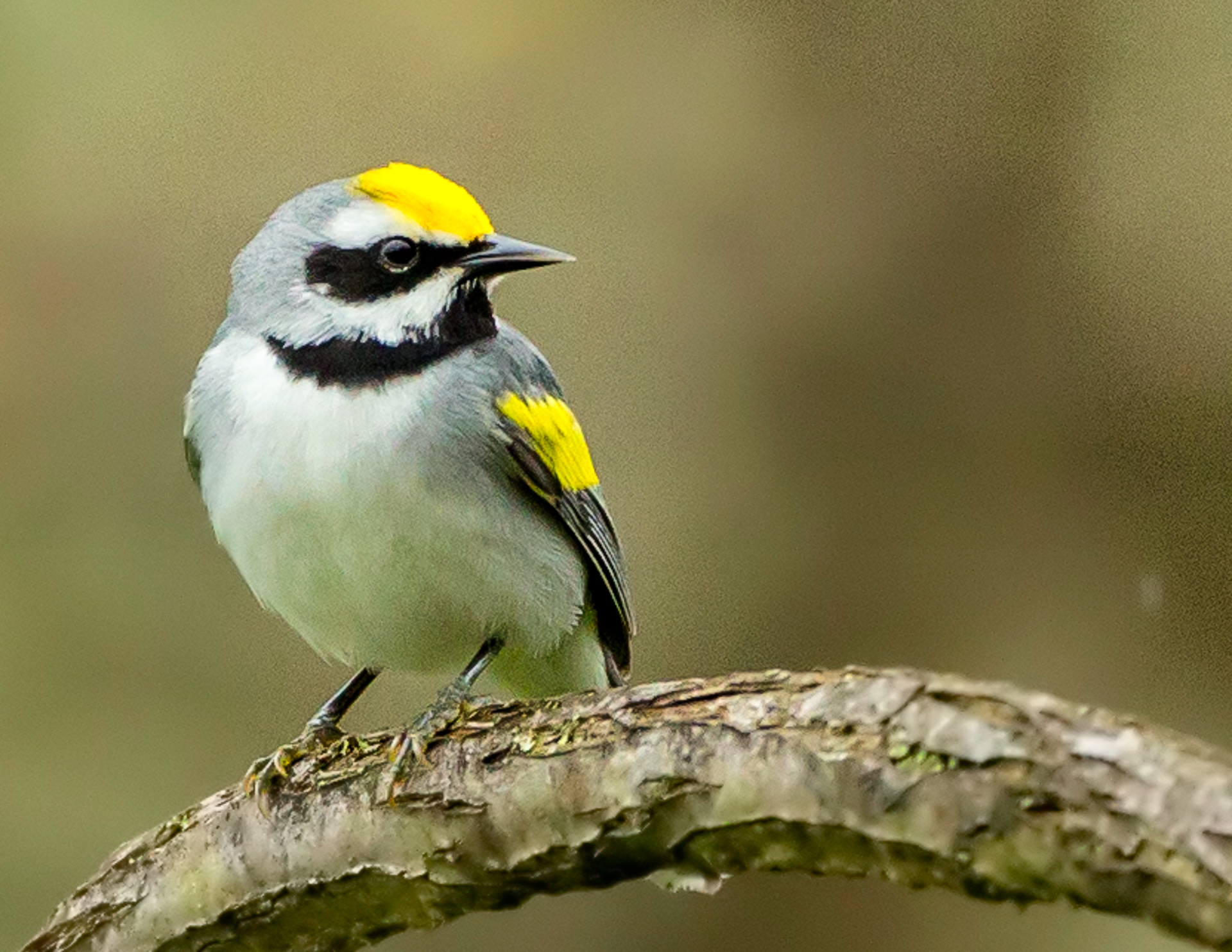Juniata Valley Audubon Society has partnered with Lenca Farms to bring you the highest quality shade-grown coffee direct from Honduras. The coffee farmers retain the forest canopy above the small coffee trees and use organic practices so the farms support many species of native birds, as well as wintering Neotropical migrants. Research by Cornell University shows that this type of coffee farm provides important habitat and food for many birds.
Lenca Farms Coffee is a medium roast with flavors of chocolate and cardamom. Because it is high elevation, it is low in caffeine. You will find the coffee to be very rich and smooth.
How to Order
12 oz. bags are $9.75 + shipping at Abednego Coffee. Be sure to buy the Honduran coffee.
More about the coffee producers
Lenca Farms is small group of coffee farmers in the high mountainous region of Marcala, in southwest Honduras. The farmers produce shade-grown coffee using organic practices, thus producing specialty coffee of the highest quality. Many species of Neotropical songbirds spend part of the winter in these shade coffee farms, as JVAS members have been able to verify for themselves.

One of the farmers, Emilio Garcia, is a fourth generation coffee grower who started importing the Lenca Farms coffee into the US in 2013. Lenca Farms offers direct trade with US roasters and guarantees that their specialty-grade coffee comes "From Our Farms to Your Door." Since the coffee harvest is from January to March, the green coffee is brought to the US in early summer, ensuring high-quality fresh coffee.

About the Roasters
Emilio Garcia is a partner with Jeff Myers, who started Abednego Coffee Roasters in 2008 in Chambersburg with the purpose that "we would make the world a better place." Emilio Garcia and Jeff Myers offer the highest quality coffee that is air roasted in small batches, ensuring our customers get freshly roasted coffee. They support sustainable coffee production through direct trade from small coffee growers. They also donate supplies and food to schools in Honduras, since they know that learning empowers children to rise above poverty.





